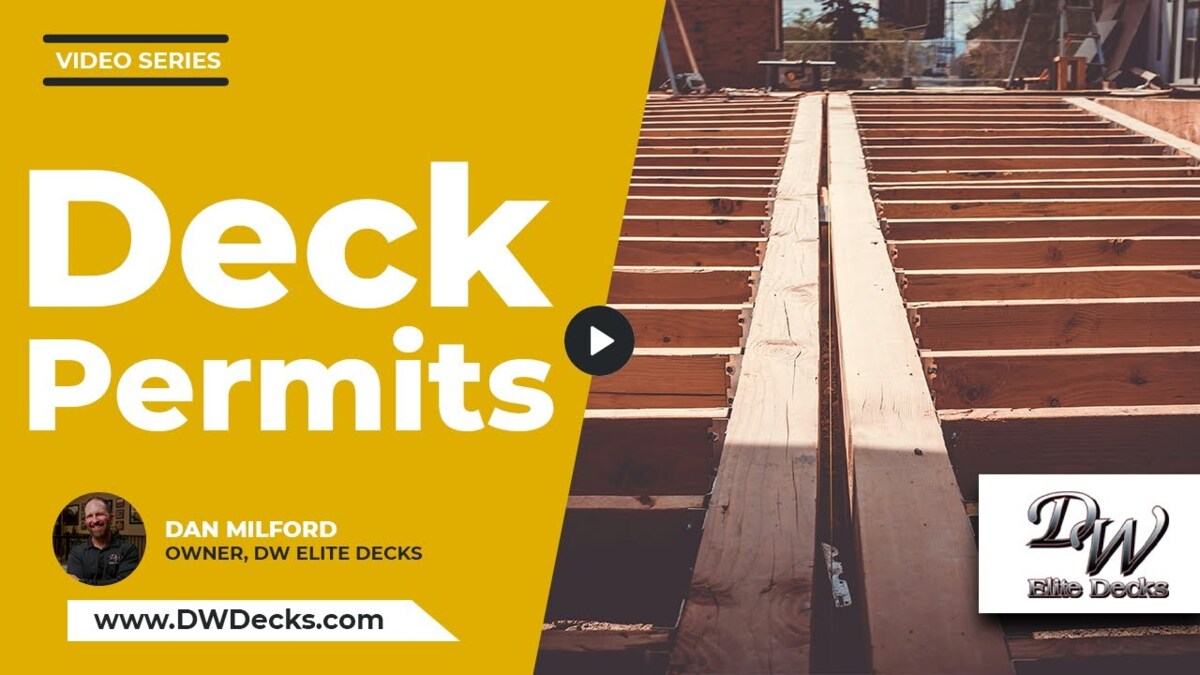A clear understanding of what materials are used, why strength is important, and how a composite deck performs helps set it apart from wood. The goal is not just appearance but long-term value with less maintenance.
Composite decking is manufactured from a blend of recycled plastics and wood fibers. This makes the boards highly resistant to rot, moisture, and fading. With only occasional cleaning required, a composite deck delivers durability and consistent performance for decades.
What Is a Composite Deck?
A composite deck uses boards made from wood fibers and recycled plastic. The blend looks like real lumber but holds up longer in the sun and rain. Many brands cap the boards on all sides to keep water out and color in. Most give at least a 25-year warranty. On our jobs, stains wipe off with soap and water, and the boards don’t fade like wood.
Composite stays stable. It doesn’t soak up moisture, so it resists rot and mold. The boards don’t cup or twist after a hot week or a hard freeze. Fasteners stay put, and the surface won’t splinter under bare feet.
How it compares to wood:
- Wood decks: Need regular staining and sealing. Boards can split, warp, or turn gray. Nails and screws can back out.
- Composite decks: Simple care with a hose and a soft brush. Color holds, boards stay flat, and edges don’t crack.
If you want long life with low upkeep, composite is a solid choice.
What Are the Benefits of Composite Decking?
1. Long-Term Durability
Composite boards are made to last. They don’t cup, split, or splinter the way wood often does after years in the sun and rain. Fasteners hold steady, so you don’t deal with loose nails or screws sticking up. Many brands also cover fading and staining for 25 years, which gives homeowners extra confidence in the product.
2. Low Maintenance
With a wood deck, you’re locked into a cycle of staining, sealing, and replacing boards that rot or crack. Miss a season, and the surface starts to gray. Composite avoids that cycle. A simple wash with soap and water is usually enough. We often tell customers, “If you can clean a kitchen floor, you can care for a composite deck.”
3. Cost Over Time
Wood may look less expensive when you first build, but it rarely stays that way. Add the cost of stain, brushes, sealer, and repairs every few years, and the price climbs. Cedar is often more expensive than an entry-level composite board and still tops out at about 20 to 25 years. Composite usually lasts longer, and because upkeep is minimal, you save money in the long run.
Pro Tip: Before making a choice, ask your builder to show you a 10-year breakdown. Once maintenance and repair costs are added in, composite almost always proves the smarter buy.
Need expert help with a composite deck? Contact DW Decks for a free consultation. We’ll help you choose the right style, color, and layout to match your home.
What Colors and Styles Are Available?
One of the biggest advantages of composite decking is variety. Brands offer dozens of colors and textures, many of which look just like natural wood.
Popular Color Choices
- Gray tones – modern and clean, great for contemporary homes.
- Brown and cedar shades – mimic natural wood while staying fade-resistant.
- Dark hues – rich, dramatic colors that add contrast to outdoor spaces.
Style Options
Composite boards can come with:
- Smooth or textured surfaces
- Wood grain patterns for a natural look
- Grooved edges for hidden fasteners
Key Takeaway: With so many options, you can match composite decking to your home’s style without sacrificing performance.
Is a Composite Deck Worth It?
For most homes we build, yes. Composite gives better value over time. Boards do not warp, cup, or splinter. Color holds up in the sun and rain. Spills wipe off with soap and water. Most top brands carry a 25-year fade and stain warranty.
Wood needs regular stain and sealer. That means time, tools, and money every few years. Cedar can cost more than an entry or mid-range composite board. Add years of upkeep, and wood often ends up costing more.
Choose composite if you want:
- Less yearly work on your deck
- A clean look that lasts many seasons
- Strong boards that resist rot and mold
Final Thoughts
A lot of homeowners ask us what is a composite deck and if it’s worth the money. From our experience, it depends on how much upkeep you want to take on. A wood deck can look good at first, but every couple of years, you’re buying stain, brushes, and sealer. Miss that step, and the boards start to gray or crack. We’ve replaced wood decks that were only 12 years old because the upkeep just became too much.
Composite does cost more in the beginning, but the payoff is clear. The boards don’t fade like wood, they don’t rot, and the warranty covers you for decades. Most of our customers choose it because they want a deck that still looks good years later without constant repair work.
Ready to make the switch? Call DW Decks today for a free quote, and we’ll walk you through your options in style, color, and price.







